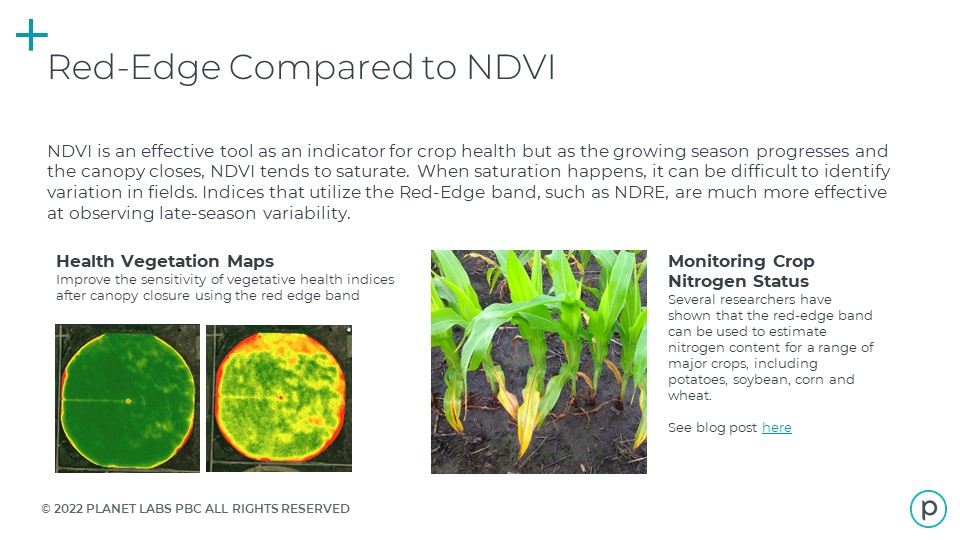US Geological Survey Names ‘Hypoxia Nine’
According to the US Geological Survey (USGS), evidence points to nine states as the key culprits to blame for the Gulf of Mexico’s "dead zone."
All located in the Mississippi River Basin, they contribute the majority of nutrients to the Northern Gulf of Mexico, threatening the economic and ecological health of one of the nation’s largest and most productive fisheries. Excessive nutrients have resulted in a zone of low dissolved oxygen or hypoxia, caused by the growth of large amounts of algae. This can stress and cause death in bottom-dwelling organisms in the Gulf.
Illinois, Iowa, Indiana, Missouri, Arkansas, Kentucky, Tennessee, Ohio, and Mississippi make up only one-third of the 31-state Mississippi River drainage area, but contribute more than 75 percent of nitrogen and phosphorus to the Gulf.
Corn and soybean cultivation is the largest contributor of nitrogen to the Gulf. Animal manure on pasture and rangelands and crop cultivation are the largest contributors of phosphorus.
These are among the new findings in a USGS report, Differences in Phosphorus and Nitrogen Delivery to the Gulf of Mexico from the Mississippi River Basin, published in the journal Environmental Science and Technology. The article, along with frequently asked questions, maps, and other downloadable graphics, can be accessed at http://water.usgs.gov/nawqa/sparrow/gulf_findings.
"This study is important because it reveals new details about sources of phosphorus," saYS Richard Alexander, USGS scientist and lead investigator. The report shows that animal manure on pasture and range lands contribute nearly as much phosphorus as cultivated crops, 37 percent vs. 43 percent.
(Source: United States Geological Survey)






